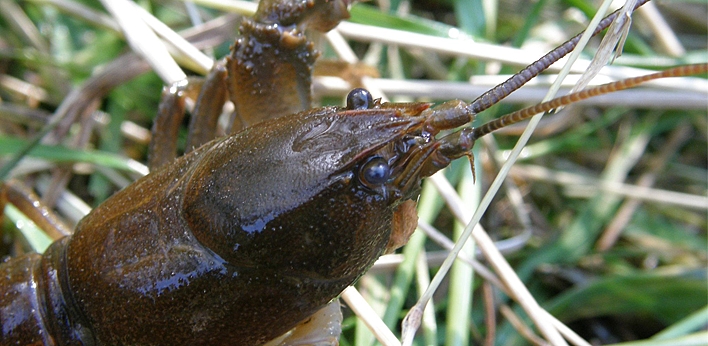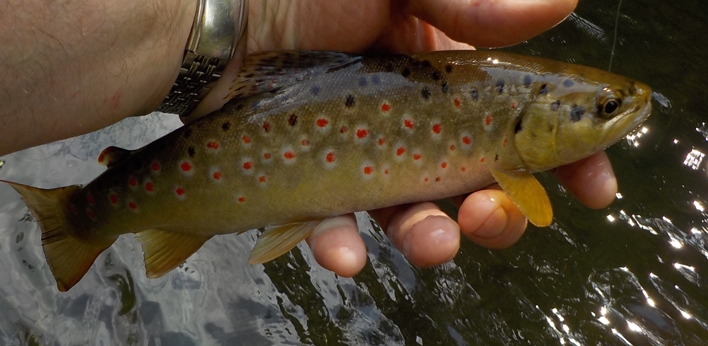Climate change and invasive species – assessing effects onto biodiversity of native freshwater crayfish and salmonids and their conservation
Funding source: Croatian Science Foundation

Duration: 01. 03. 2017. – 28. 02. 2021.
Project leader: Prof. Ivana Maguire
Funds: 776.302,34 HRK
Project number: IP-06-2016
Summary:
Freshwater ecosystems are under growing anthropogenic pressure that negatively influence onto their biodiversity, and consequently onto alteration of ecosystem processes and impairment of ecosystem services. Nowadays, climate change and introduction of non-native species are recognised as one of the main factors of freshwater biodiversity loss. Therefore, objective of this project is to study their influence onto freshwater organisms. In the focus of the proposed project are three freshwater native species (stone and noble crayfish, brown trout) that have key role in the ecosystems; crayfish ensuring their normal functioning and trout being economically important. Their disappearance from a habitat significantly alters freshwater ecosystem processes, species abundance and diversity. These three species are highly sensitive to habitat alteration, and due to negative human impacts onto their habitats and pronounced climate changes, they are vulnerable and protected by international and national legislation. The purpose of proposed project is to study genetic variability of different populations of these three species using mitochondrial, nuclear and microsatellite DNA markers, aiming to bring new insight into their evolutionary history and to identify their evolutionary significant and management units. Further, the aim is to develop habitat suitability models for non-native invasive crayfish species and allochthones trout lineages that would enable us to foresee areas that will be under biggest pressure in the future. Also, the aim is to develop habitat suitability models for native species and their future distribution under climate change scenarios that will enable us to identify areas which will be unsuitable for their survival as well as areas that will ensure their long-term survival. We expect that obtained results will serve as a sound base for development of conservation strategies and management plans for these three vulnerable freshwater species.

 Pristupačnost
Pristupačnost
